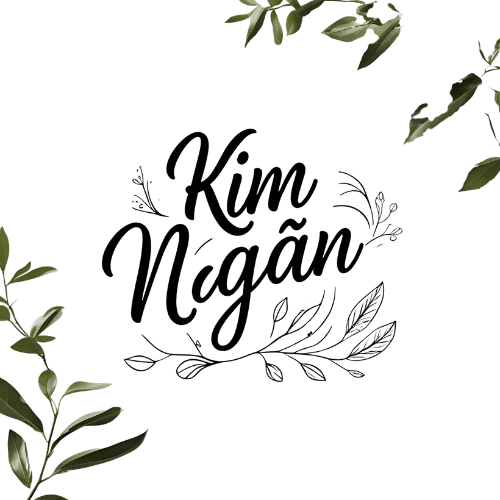🇯🇵 Tohoku Region – Where Winter Lingers and Quiet Traditions Endure
🇯🇵 Tohoku Region – Where Winter Lingers and Quiet Traditions Endure
1. Overview & Highlights
Tohoku is the Japan you didn’t know you were missing.
A region where snow falls like a whisper, where old gods are remembered in fire-lit festivals, and where the modern world feels just distant enough for you to breathe again.
Located in the far north of Honshu, Tohoku is a place of untouched forests, steaming onsens in the middle of nowhere, and villages that keep time the old way. You won’t find the buzz of Tokyo here—but you’ll find stillness, soul, and stories written in wind and stone.
Whether you come in spring for cherry blossoms without crowds, in autumn for fire-colored mountains, or in winter when everything turns white and holy—Tohoku invites you to slow all the way down.
2. Culture & People
Tohoku’s people have weathered storms—natural and historical—and grown stronger with grace. They speak softly, move slowly, and often smile with their eyes.
There’s a humility here, paired with fierce pride. You’ll see it in a woman arranging wildflowers in a roadside inn, or in an old man crafting lacquerware in a wooden shed.
This is a Japan that still worships the mountain spirits and lights torches in ancient rites. Not for show—but because that’s how it’s always been.
3. Must-Try Foods
The cold shapes the cuisine—everything is warm, rich, and made to nourish:
🍲 Kiritanpo (Akita) – mashed rice grilled on sticks, served in hot chicken broth
🐟 Seafood donburi (Aomori) – fresh sashimi over rice, often caught the same morning
🍎 Aomori apples – crisp, juicy, and legendary
🥢 Wanko soba (Iwate) – small bowls of soba served endlessly—challenge and delight in one meal
🍶 Local sake – smooth, delicate, made from pure snowmelt water
Every dish feels like a warm hand held out to travelers.
4. Travel Tips
🚅 Use the JR East Tohoku Rail Pass for unlimited travel across the region
🧳 Book accommodations early during festival seasons (especially summer)
❄️ In winter, expect delays—plan with margin, and check snow forecasts
🗾 Tourist infrastructure is improving, but some rural areas may have limited English—download offline maps and translator apps
5. Recommended Clothing
Tohoku is one of Japan’s coldest regions—pack accordingly:
Spring (Apr–May): Still chilly, bring layers, waterproof shoes for melting snow
Summer (Jun–Aug): Warm but never hot—perfect for hiking, light jacket at night
Autumn (Sep–Nov): Stunning foliage—layered clothing, warm accessories
Winter (Dec–Mar): Heavy coat, boots, heat-tech innerwear, gloves, hat, scarf—snow is real here
6. Best Photo Spots
🌸 Hirosaki Castle (Aomori) – cherry blossoms framing castle ruins in April
❄️ Ginzan Onsen (Yamagata) – snow-covered ryokan town straight out of a Ghibli film
🎆 Lake Tazawa (Akita) – mystical in mist, glowing in autumn
🏯 Tsuruga Castle (Fukushima) – surrounded by snow or sakura depending on season
🎎 Namahage Festival (Oga, Akita) – fierce demons, firelight, and ancestral spirits
6.1. Must-Visit Places & Experiences
Aomori: Nebuta Festival, seafood markets, Hakkoda Mountains
Akita: Lake Tazawa, Nyuto Onsen, Namahage rituals
Iwate: Chuson-ji Temple, Wanko Soba experience, Geibikei Gorge boat ride
Yamagata: Yamadera Temple climb, Ginzan Onsen, snowy ski resorts
Miyagi: Sendai city, Matsushima Bay—one of Japan’s three scenic views
Fukushima: Ouchi-juku preserved village, samurai town Aizu-Wakamatsu
7. Suggested Itinerary
5-Day Tohoku Exploration (Seasonal Highlights):
Day 1: Arrive in Sendai → Explore city and local food
Day 2: Day trip to Matsushima Bay or Yamadera Temple
Day 3: Travel to Akita → Visit Lake Tazawa or Nyuto Onsen
Day 4: Move to Aomori → Hirosaki Castle or Hakkoda snow corridor (in spring)
Day 5: Local seafood breakfast → Depart via Shinkansen
Optional Add-ons: Attend Nebuta Festival (Aug) or stay overnight in Ginzan Onsen for a healing retreat.
8. FAQs & Estimated Costs
Best time to visit Tohoku?
Spring (Apr–May) for uncrowded cherry blossoms, Summer (Jul–Aug) for festivals, Autumn (Oct) for foliage, Winter (Jan–Feb) for snow and hot springs
Approximate 5-day budget:
Budget: ~$300–450 (local transport, business hotels, cheap eats)
Mid-range: ~$600–850 (ryokan stay, regional trains, local experiences)
Luxury: $1000+ (private onsen, fine dining, guided tours)
Is Tohoku safe for solo travel?
Very safe—even in remote areas, locals are kind and helpful
Can I see Mt. Fuji from Tohoku?
No, that’s further south—but you’ll see something rarer: Japan’s inner soul
Tohoku is a place of quiet resilience.
Where snow buries the world in silence, and time slows to the rhythm of old songs and flickering lanterns.
It’s not a postcard-perfect Japan—it’s the Japan that heals, that humbles, that lingers in your memory like the hush of snowfall long after you've gone.
Come not just to travel, but to return to something still and sacred within yourself.
===========
Until the next quiet journey,
Kim Ngân – storyteller & slow traveler
